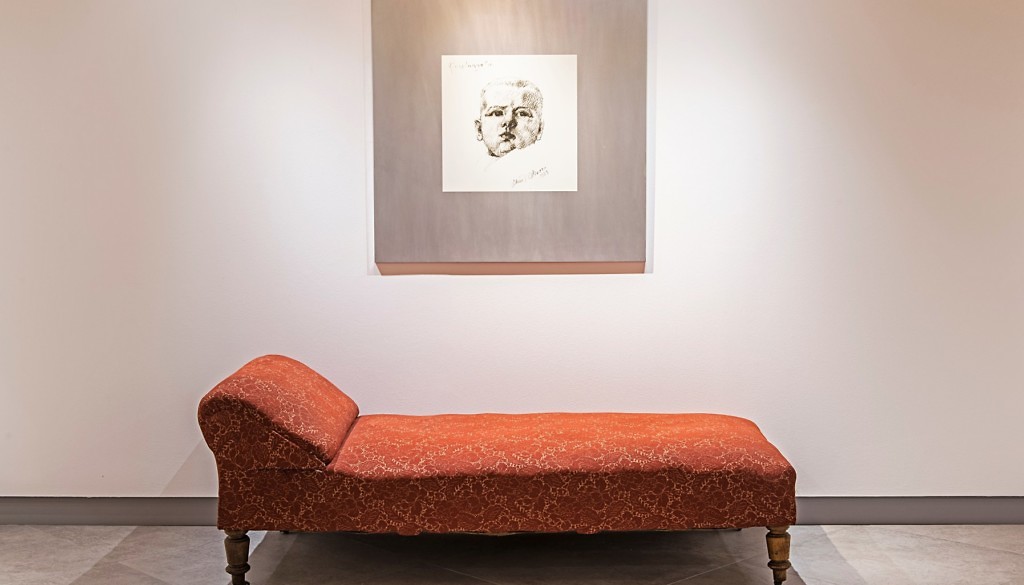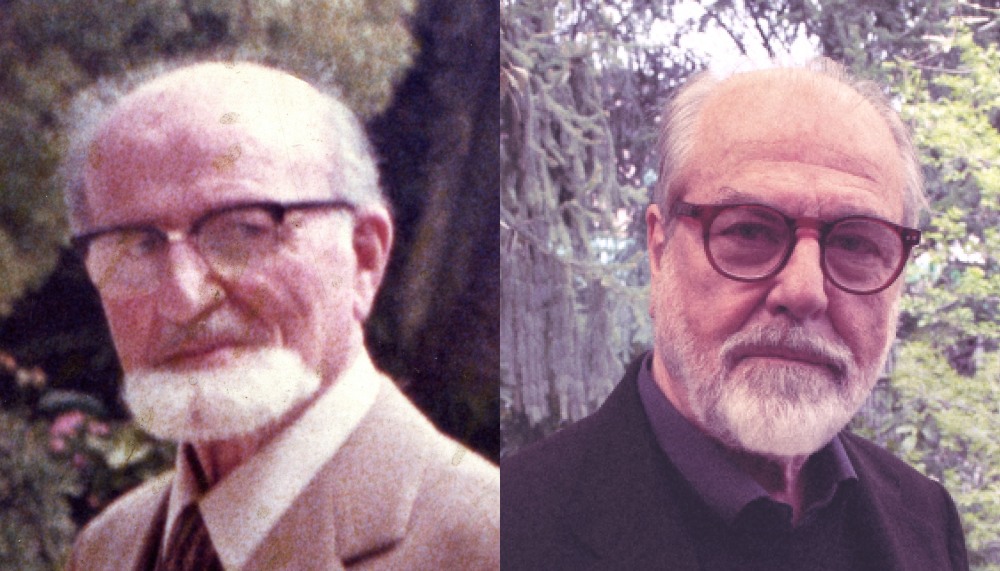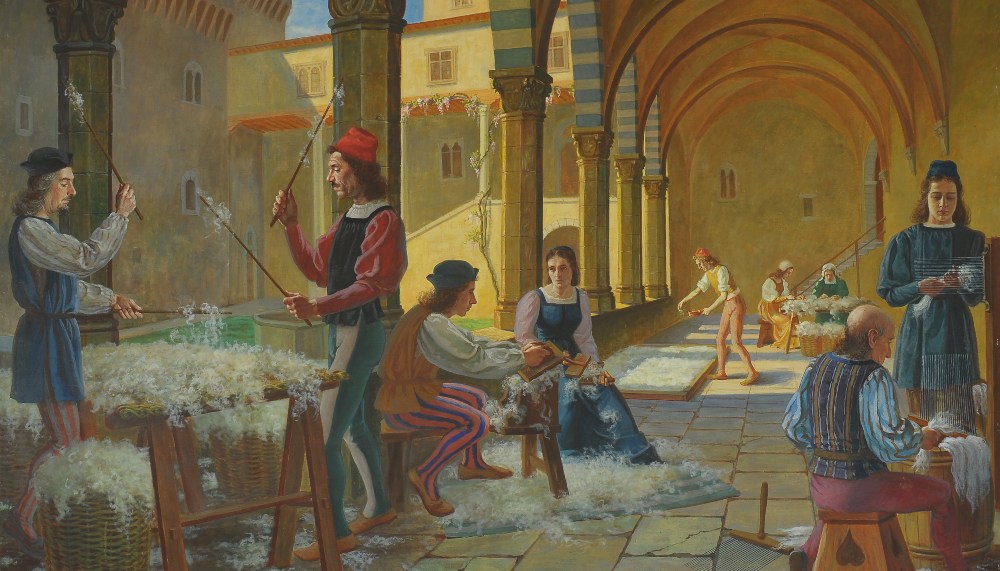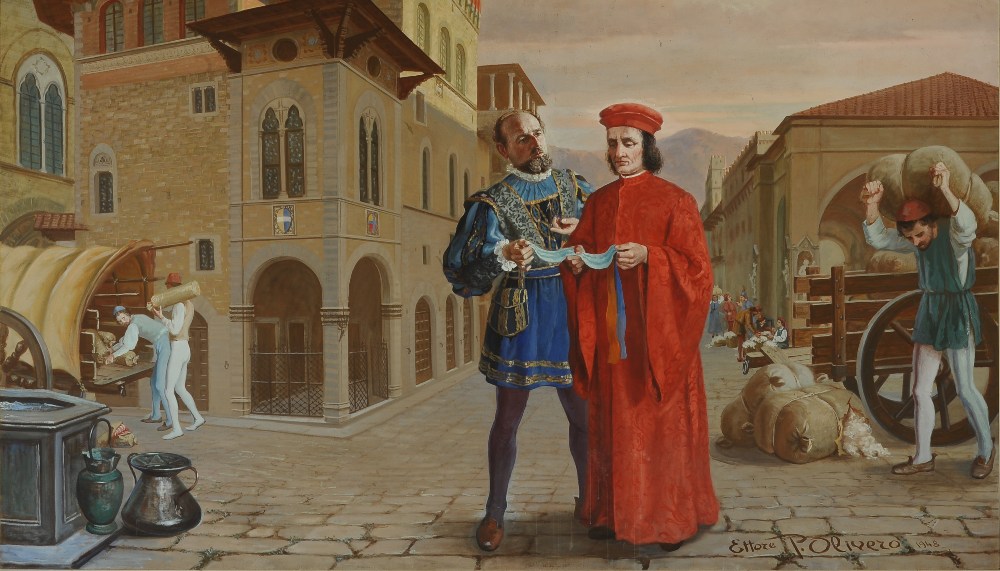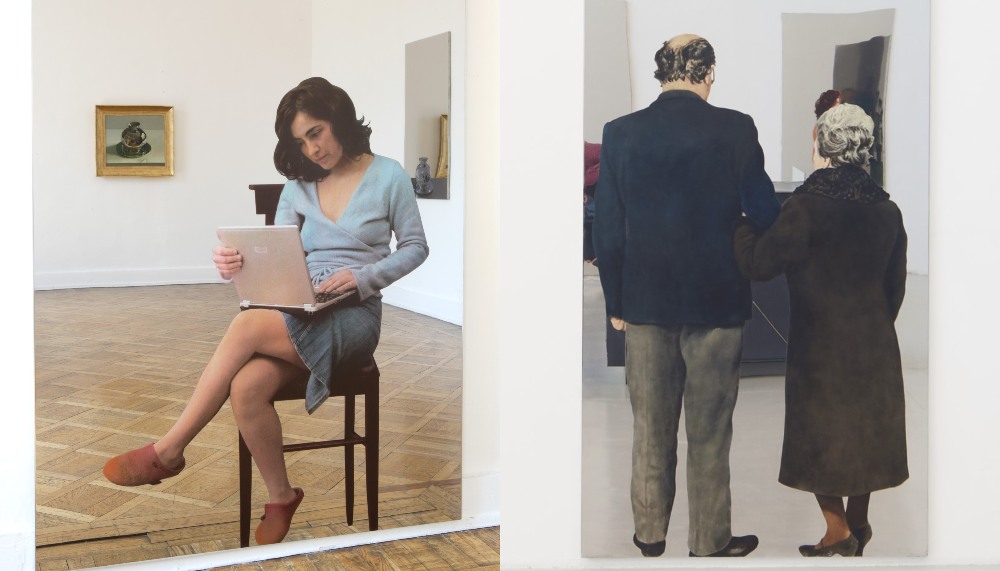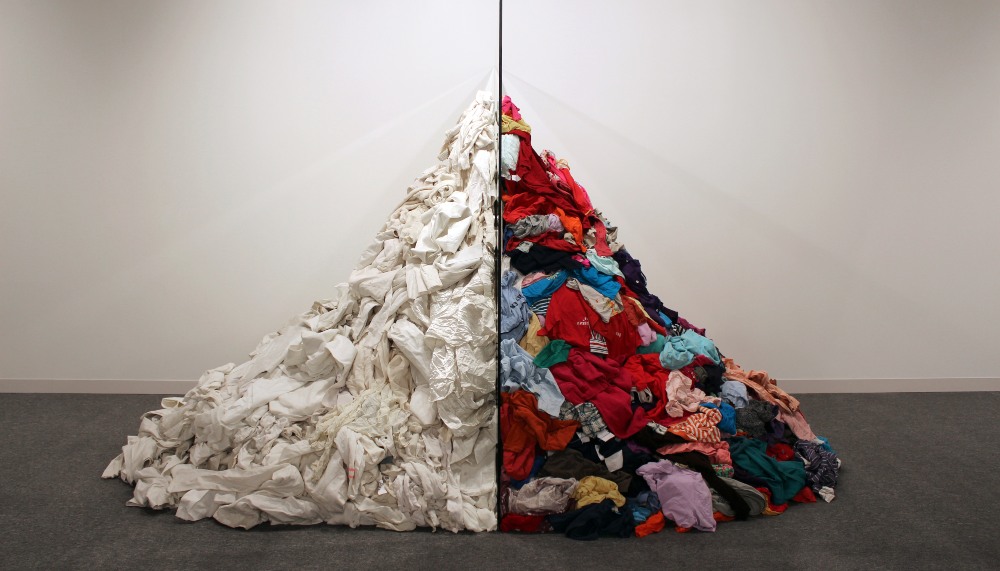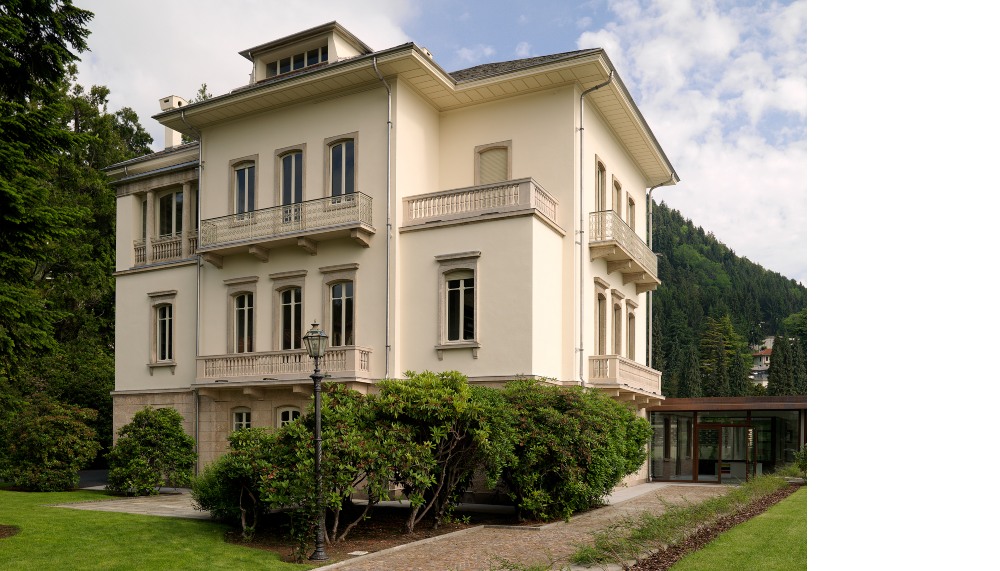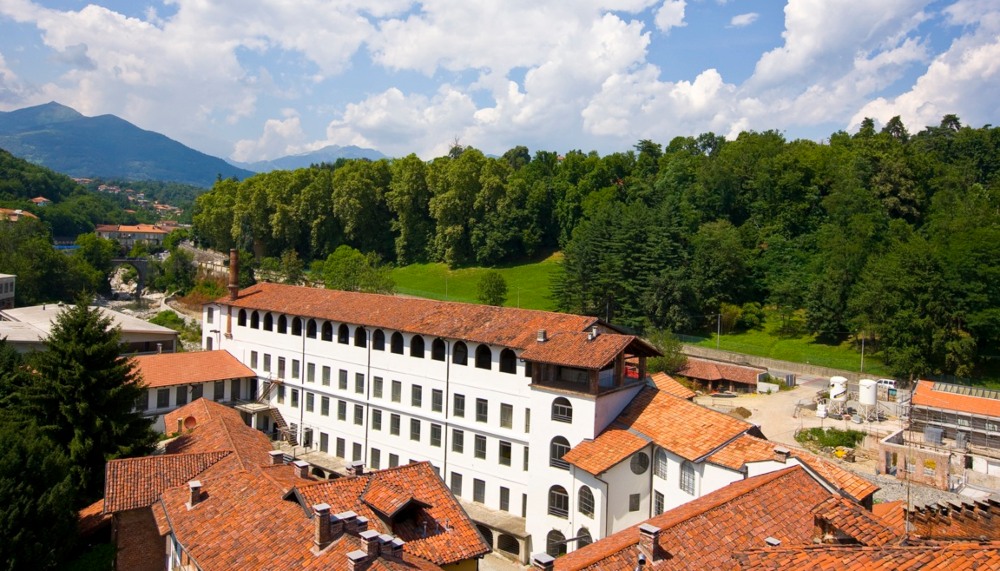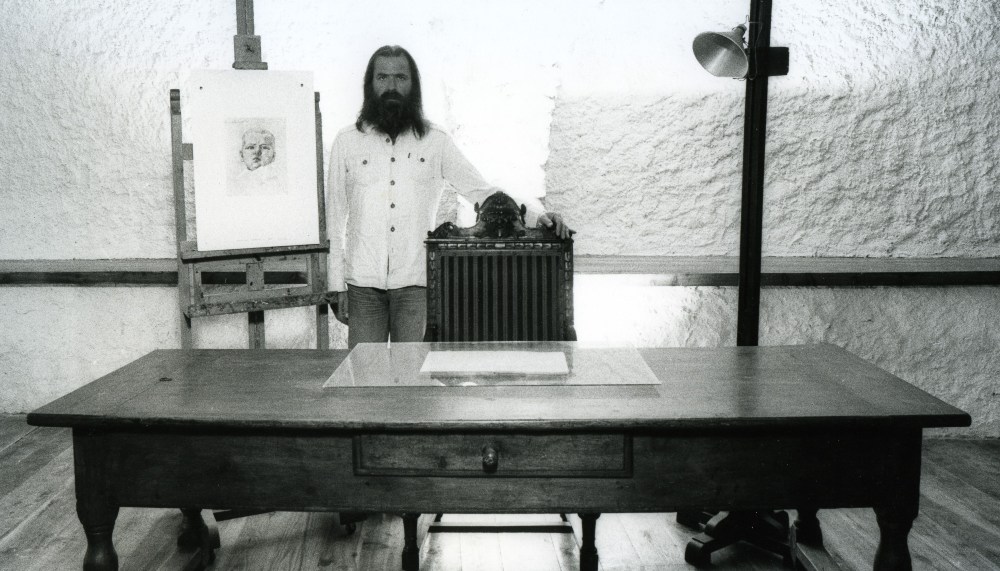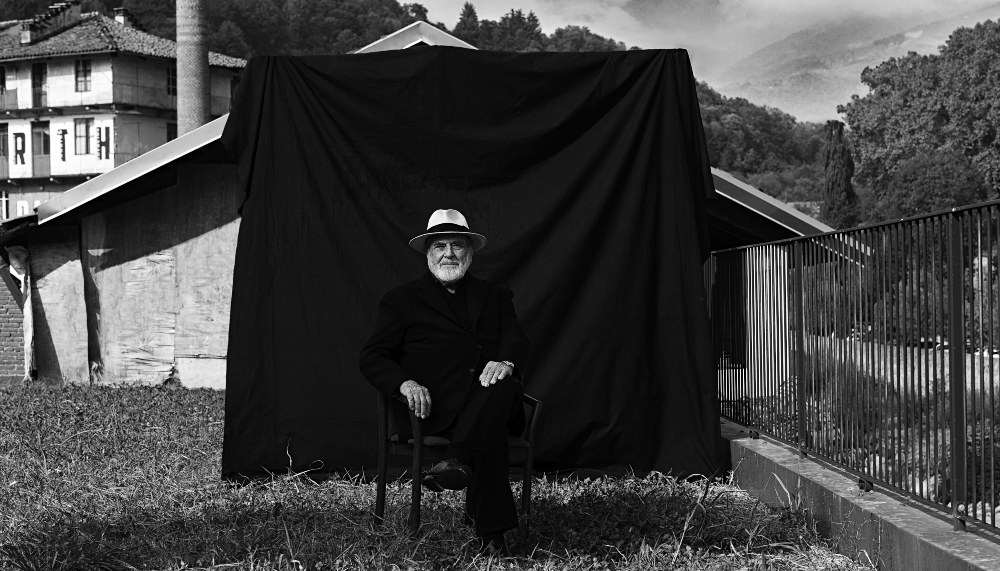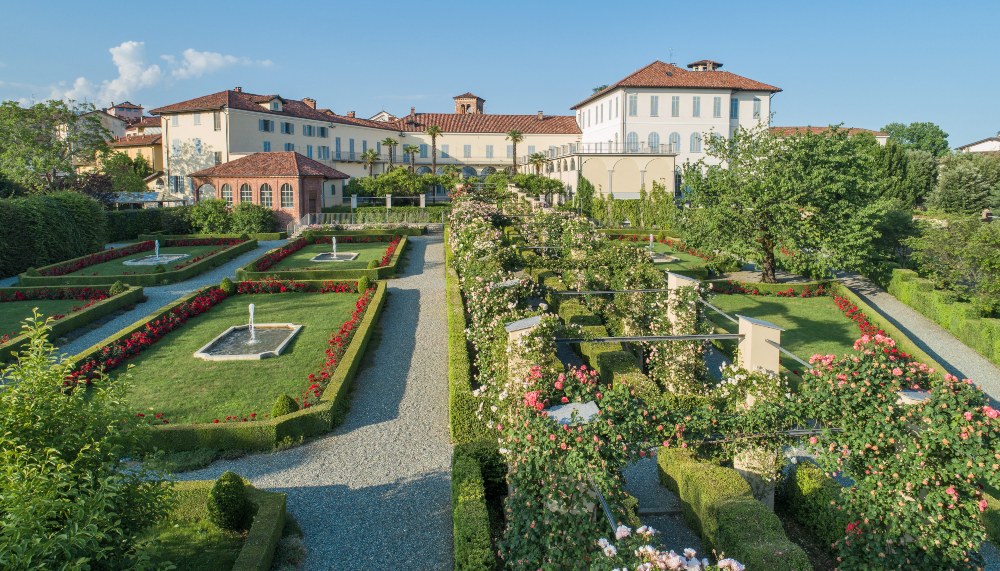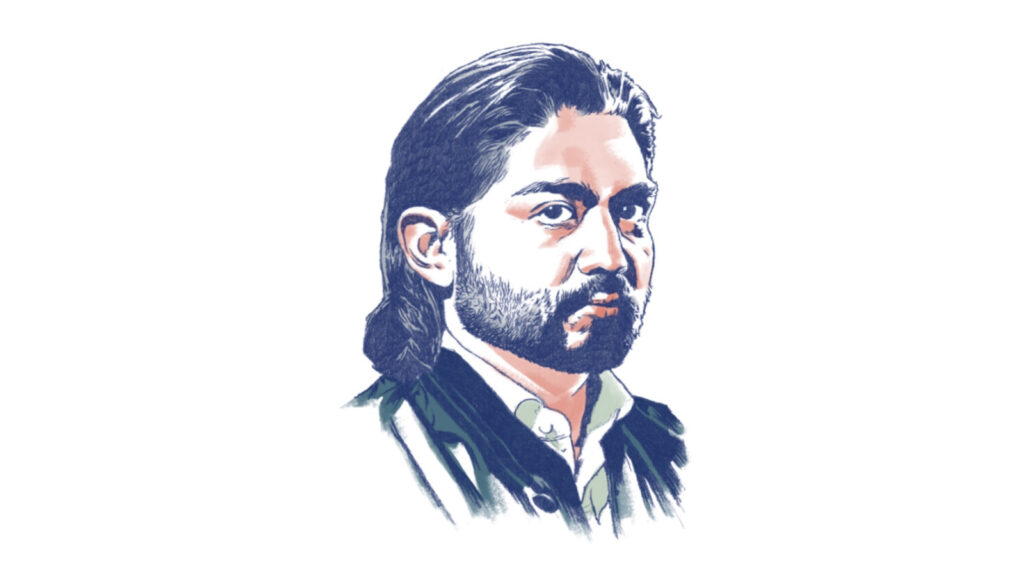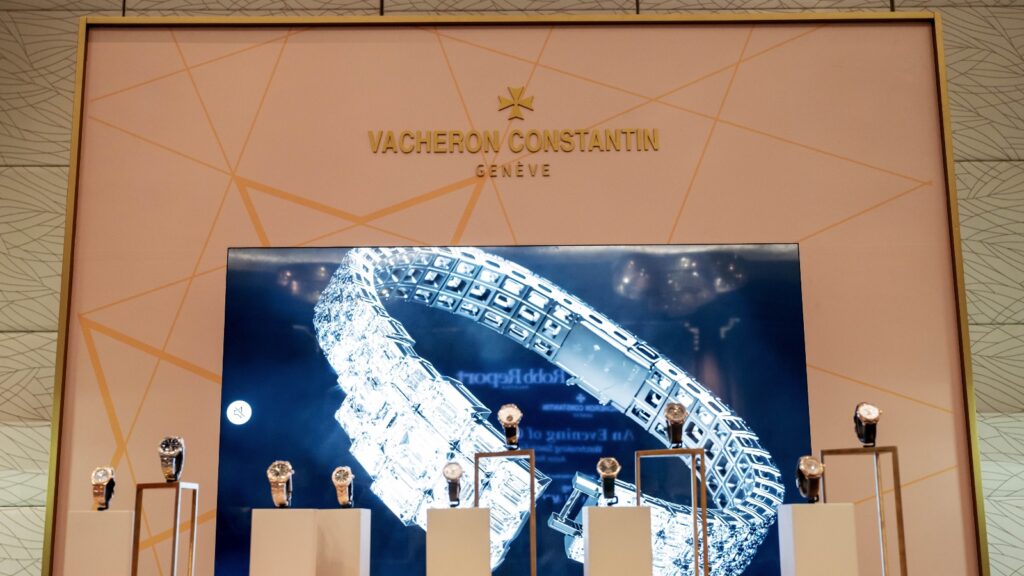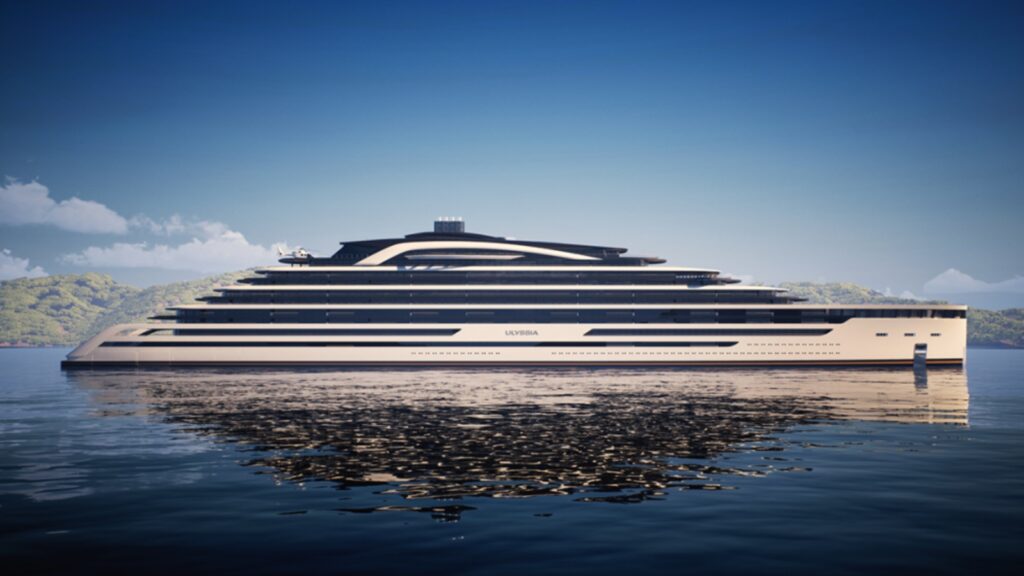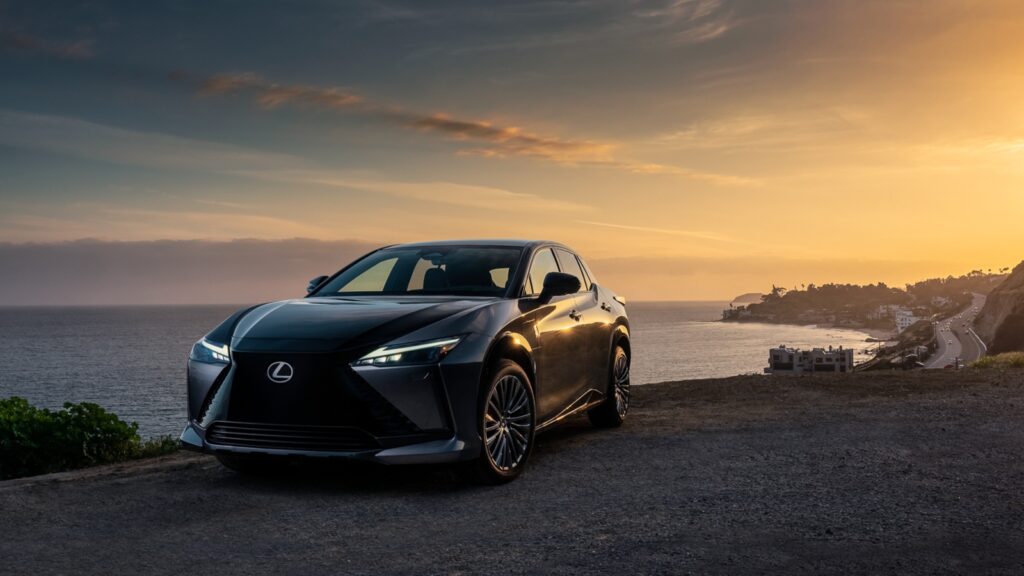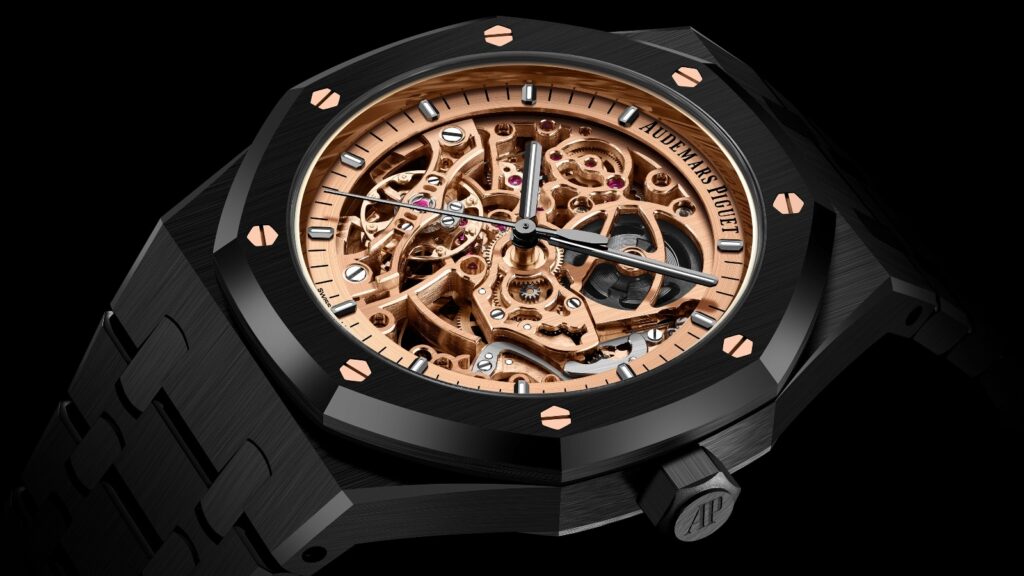Family Portraits
In an art market where celebrity and headline-grabbing stunts have become the currency of choice, it’s refreshing to experience an exhibition with layers of profound meaning – not just for the artist but for the foundation supporting it. The exhibition is called Padre e Figlio – Father and Son; a curated body of work of Michelangelo Pistoletto and that of his father, the late Ettore Pistoletto Olivero. The younger Pistoletto is currently one of the most important figures on the international art scene and a founder of Arte Povera, while his father was celebrated in his lifetime as a landscape and still-life painter.
Padre e Figlio is a large-scale exhibition supported by Fondazione Zegna, who have been working to transmit its founder’s values of ethical practices coupled with aesthetics, through cooperation with non-profit organisations since 2000. Padre e Figlio is a rich and variegated exhibition curated by MARCA Catanzaro artistic director, Alberto Fiz. The breadth of the exhibition is impressive – not just in numbers (more than one hundred) – but in medium. The entire range of artworks include; paintings, mirror paintings, installations, light-boxes, videos and photographs, complemented with video-dialogues held between the artist and President of Fondazione Zegna, Anna Zegna. Adding another facet to the exhibition is the “scattered” nature of the experience, where attendees are invited to visit three highly symbolic locations around Biella in the picturesque Piedmont region.
The journey begins at Casa Zegna in the town of Trivero, the headquarters of Zegna’s historic archives and an exhibition house belonging to Michelangelo adjacent to the company’s working wool mill. It is here where Ettore’s relationship with the Zegna family began when Ermenegildo commissioned him in 1929 to produce a cycle of graffiti on the art of wool (L’arte della Lana). It was also in Trivero where Pistoletto senior met his wife. Later, Michelangelo as a young man would drive his father to Casa Zegna to paint the second cycle of paintings which still adorn the walls of the archive-museum.
Anna Zegna, President of Fondazione Zegna, likens this exhibition to being the first step of a long story that started long before the foundation was even born: “At that time, the relationship between the artist and the entrepreneur was of a total different kind from what you consider today as somebody commissioning artworks. It was more like sharing the same vision and supporting each other in changing and working together for beauty and the evolution of society. The same vision my grandfather had within his own business was translated by the artist, Ettore then and the values of the Foundation now by Michelangelo.”
Seguing to the second location takes you through Panoramica Zegna, a scenic road through the Trivero mountains. These slopes stand green and lush today because of Ermenegildo Zegna’s forward-thinking reclamation programme in the 1930, which involved the planting of half a million trees. This road leads the visitor to Cittadellarte in Biella – the beating heart of Fondazione Pistoletto. Housed in an erstwhile wool factory is Michelangelo’s ‘University of Ideas’ which supports the artist’s obsession to conceive art aimed at inspiring and producing responsible social change.
The works viewed here further reinforces Fondazione Zegna’s practice of co-sharing with the artists they support with several works depicting Zegna family members. For Anna Zegna, the purity of the artist’s purpose is in line with her family’s core values of always being thoughtful towards the betterment of society. “The story told by this exhibition for us is not a platform for the brand, it’s for the improvement of society which goes beyond the brand. In truth, we don’t own a single artwork of Michelangelo. All we do is co-share and even the apple he created that stands in our headquarters is a participation,” she enthuses. “Therefore in that way you can I think it does highlight the values of the brand because we share the same values as Michelangelo – where it is within our responsibility to take care of the environment, something much bigger than us.”
This exhibition culminates at Palazzo Gromo Losa in the heart of Biella’s old town, set in a restored mansion gifted to the town by the Fondazione Cassa di Risparmio de Biella. Here is where the bulk of the exhibition is showcased. The most moving pieces are Ettore’s later artwork where he paints fragments of his son’s work in his own figurative style – so casually – that one forgets that while both Pistolettos were artists in their own right. To add to the intrigue, for many years the elder Pistoletto did not accept Michelangelo’s contemporary pieces as legitimate art. These later paintings are an indication of Ettore’s acceptance of his son’s work and that he could learn new things from his son in a belated role reversal.
A similar theme resonates through Ermenegildo Zegna, an idea where children can also leave a legacy for their fathers. Anna believes that the next Zegna generation are continuing the family’s legacy but adding their own flavour: “My generation took the legacy from our grandfather which was embedded in the local community and brought it to the much larger community.”
“Like my grandfather who changed and improved the environment which was destroyed – with all the magnificent trees in Oasia Zegna – the next generation who are living around the world can see the wider perspective,” Anna Zegna says, adding, “so they are continuing what grandfather has done but on a global scale.”
Padre e Figlio is ongoing until 13 October 2019. Guided tours to all three locations can be arranged through Fondazione Zegna.
